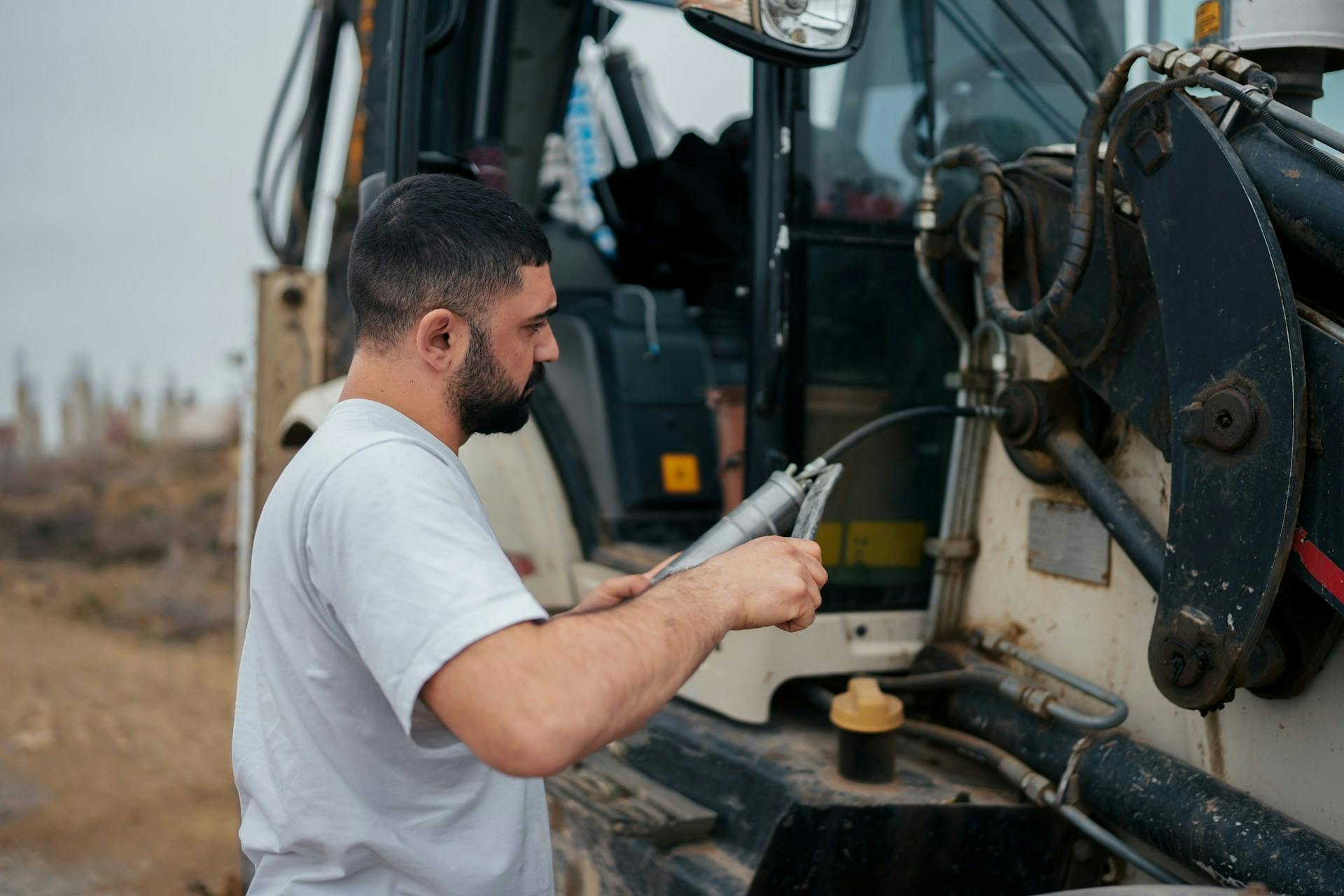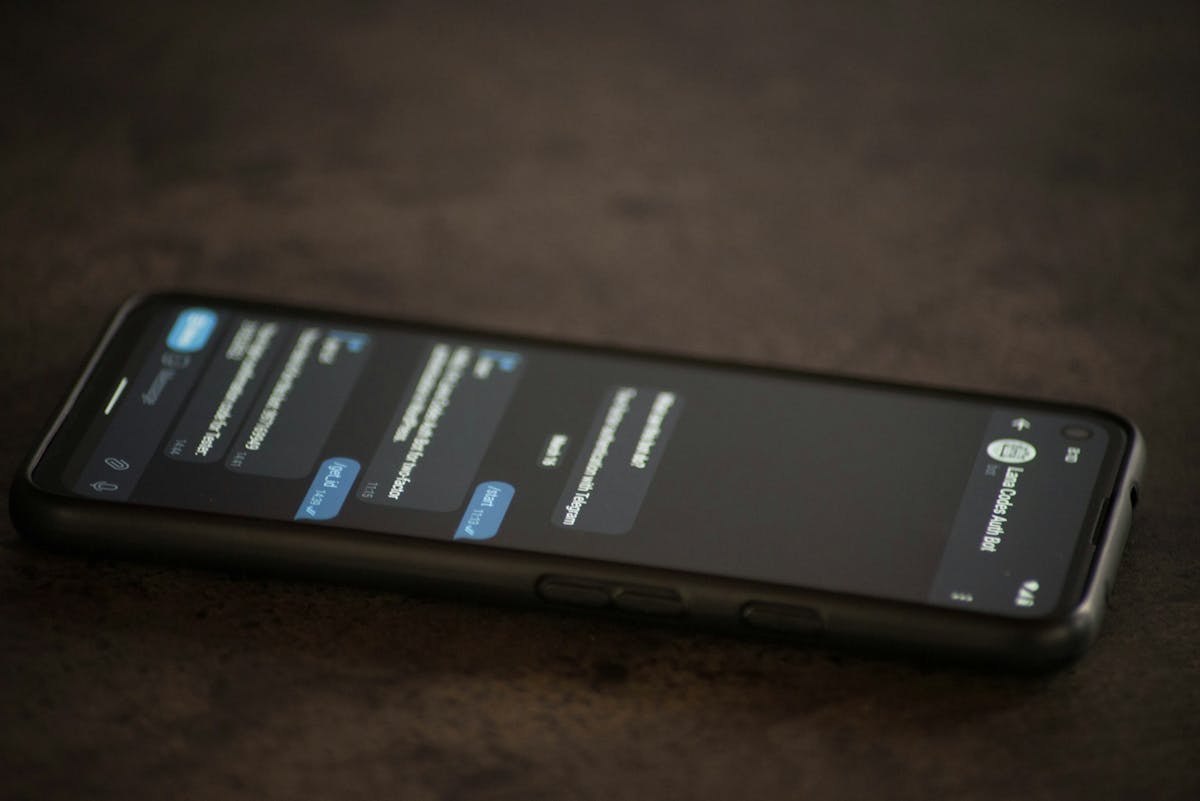Personalize Your Recognition with These 'Employee of the Month' SMS Examples


Recognition boosts workplace motivation, especially for frontline and non-desk workers. Simple gestures like employee of the month messages can significantly improve morale. Studies show that 70% of employees feel more motivated when recognized.
Strong recognition programs also reduce voluntary turnover by 31%, helping businesses save on costly recruitment and training. When employees feel valued, productivity increases, safety incidents decrease, and customer service improves—making recognition a smart investment for any organization.
Impact of Employee of the Month Recognition
Recognition programs shape workplace culture from the ground up. When implemented properly, these programs create a simple cycle: good work gets noticed, which inspires more good work.
The classic "Employee of the Month" approach connects with something fundamentally human. Thoughtful employee of the month text messages or displays tap into employees' desire for acknowledgment.
Recognition satisfies our basic desire for purpose and meaning at work—something especially important for frontline workers who might otherwise feel like just another number.
What separates effective programs from failures? Transparency in selection, consistency in following through, and recognition that feels genuine rather than obligatory. When workers see a direct line between their efforts and the recognition received, it reinforces exactly the behaviors companies want to see more of.
Categories of Recognition Messages
Recognition messages fall into distinct categories, each serving a different purpose in motivating and appreciating employees. For maximum impact, your recognition language should be specific, sincere, and aligned with company values.
Performance-Based Recognition
Performance recognition acknowledges measurable achievements and tangible contributions. Recognizing employees based on performance not only boosts morale but also reinforces behaviors that drive success. Effective performance recognition:
- Highlights specific metrics achieved
- Connects individual work to larger business goals
- Quantifies the impact wherever possible
Providing clear, data-driven feedback makes recognition more meaningful. For example: "Your attention to detail reduced production errors by 17% this quarter, saving us over 40 hours of rework. This exemplifies our commitment to quality and efficiency."
When employees see the direct impact of their efforts, they stay motivated and engaged, driving continuous improvement across the organization.
Milestone Recognition
Celebrating tenure matters, especially in industries with high turnover. Employees who receive milestone recognition are more likely to stay with companies longer.
Milestone messages work best when they:
- Acknowledge both the length of service and contributions during that time
- Include specific memories or accomplishments
- Recognize personal growth and development
Personalized recognition builds deeper connections. Example: "Your five years with us represent more than just time—they showcase your growth from line worker to team lead, your mastery of three production systems, and your consistent reliability through major company changes."
Making tenure recognition meaningful strengthens retention and engagement, while also reinforcing a sense of belonging. As a result, it motivates employees to continue growing and contribute to the company’s long-term success.
Attitude and Initiative
Not all valuable contributions appear in performance metrics. Attitude recognition targets employees whose positive outlook, helpfulness, or problem-solving initiative improves workplace culture.
Acknowledging these efforts reinforces behaviors that enhance teamwork, morale, and overall workplace satisfaction. Focus on:
- Specific examples of their positive influence
- How their attitude affects others
- The ripple effects of their approach
Genuine appreciation makes recognition more impactful. Example: "Your willingness to stay late and help the second shift understand the new safety protocols demonstrates exceptional initiative. Several team members mentioned how your patient explanation made the transition smoother for everyone."
Recognizing positive attitudes helps build a supportive work environment, strengthens team cohesion, and encourages others to adopt the same mindset, creating a culture of collaboration and shared success.
Leadership and Team Collaboration
Team players and informal leaders deserve recognition for their collaborative impact. Their ability to unite teams, solve problems, and create a positive work environment strengthens overall productivity.
A study by the Society for Human Resource Management (SHRM) and Globoforce found that peer-to-peer recognition is 35.7% more likely to positively impact financial results than manager-only recognition.
Effective collaboration recognition:
- Identifies specific instances of teamwork
- Explains how their collaborative approach benefited outcomes
- Recognizes both leadership qualities and supportive behaviors
Acknowledging these contributions encourages a culture of teamwork. Example: "When the assembly line unexpectedly went down, you organized the team to run preventative maintenance on all stations instead of waiting idly. This initiative not only made good use of downtime but prevented future disruptions."
Customizable Templates for Different Industries
Recognition messages resonate more when they reflect industry-specific language and values. Customization makes recognition feel authentic rather than generic. Using business text messaging allows for quick and customized recognition messages that connect with employees effectively.
Industry-Specific Examples
Manufacturing: "Your meticulous approach to quality control prevented $12,000 in potential rework last month. Catching the material defect before production began exemplified our standard of 'quality at every stage.'"
Logistics: "Consistently delivering your routes 7% faster than schedule while maintaining perfect safety records shows what efficiency truly means. Your optimization suggestions have now been implemented across the regional fleet."
Healthcare Support: "Your compassionate approach with patients during the facility transition created a calming influence when it was most needed. Three families specifically mentioned your supportive attitude in their satisfaction surveys."
Construction: "Your innovative solution to the foundation drainage issue saved us 4 days of project time and demonstrated the problem-solving mindset that sets our crew apart. The client specifically praised your foresight."
Formal vs. Casual Approaches
The formality of your recognition should match your company culture and the significance of the achievement. The recognition approach should align with company culture for maximum impact.
Formal recognition works best for:
- Major achievements or milestones
- Company-wide announcements
- Recognition tied to substantial rewards
Casual recognition fits better for:
- Day-to-day excellent performance
- Peer-to-peer appreciation
- Reinforcing positive behaviors in real-time
Personalizing Recognition Messages
Generic praise falls flat. Personalization transforms standard recognition into meaningful appreciation that connects with the individual.
Strategies for Personalization
Authenticity makes or breaks recognition effectiveness. Praise feels meaningful when it's honest, timely, and specific. Employees can tell when recognition is insincere, so making it thoughtful and personal increases its impact.
To ensure recognition feels genuine:
- Base recognition on actual observations rather than hearsay
- Use the employee's name and specific examples of their work
- Deliver recognition with appropriate emotion and engagement
- Avoid formulaic language that sounds copy-pasted
- Tailor recognition to the employee’s unique contributions and strengths
Example: "James, I noticed how you took extra time explaining the new safety harness procedures to our newest team members yesterday. That kind of patient mentorship exemplifies our safety culture and helps integrate our new hires faster."
Delivery Methods and Timing
The impact of recognition depends not just on what you say, but how and when you deliver it. Utilizing effective communication strategies ensures that recognition is received and appreciated by employees.
Effective Delivery Channels
Each delivery method offers different advantages for non-desk employees. Implementing mobile-first communication strategies can ensure that recognition messages reach deskless workers effectively.
Public team meetings:
- Advantages: Creates peer recognition; reinforces team values
- Disadvantages: May embarrass more private individuals; requires coordinating schedules
- Best for: Team achievements; examples you want others to follow
One-on-one conversations:
- Advantages: Allows for personal connection; can address sensitive achievements
- Disadvantages: Limits visibility of good work; depends on manager availability
- Best for: Detailed feedback; personal growth recognition
Digital platforms:
- Advantages: Creates permanent record; accessible to distributed teams
- Disadvantages: Requires tech access; may feel impersonal
- Best for: Company-wide visibility; recognition that includes visual elements
Optimal Timing for Recognition
Timing significantly affects recognition impact. Immediate recognition creates stronger neural connections and reinforcement, making employees more likely to repeat positive behaviors.
Best practices for timing include:
- Recognize achievements as soon as possible after they occur to maximize their impact.
- Create regular recognition rhythms (weekly huddles, monthly reviews) to maintain consistency.
- Balance spontaneous recognition with scheduled celebrations to keep motivation high.
- Consider cultural timing factors (beginning of shift for energy, end of week for reflection) to enhance effectiveness.
For manufacturing and industrial settings, recognition tied to production cycles creates natural opportunities: completion of major orders, achievement of safety milestones, process improvements, or outstanding teamwork during high-demand periods.
Measuring the Impact of Recognition Programs
What gets measured gets managed. Tracking recognition effectiveness allows for continuous improvement.
Metrics and Analysis Methods
Measuring the effectiveness of recognition programs requires a balanced approach that combines both quantitative data and qualitative feedback. A well-structured measurement strategy ensures continuous improvement and a strong return on investment.
Quantitative metrics:
Tracking numerical data provides clear insights into the impact of recognition programs:
- Recognition program participation rates
- Employee retention before/after implementation
- Safety incident frequency changes
- Productivity metrics
- Absenteeism rates
- Customer satisfaction improvements related to engaged employees
Qualitative assessment:
Beyond numbers, employee feedback offers valuable perspectives on program effectiveness:
- Employee satisfaction surveys
- Focus group feedback
- Exit interview insights
- Quality of peer nominations
Implementation tips:
To maximize the impact of recognition measurement:
- Establish baseline measurements before launching programs
- Use control groups when possible for valid comparisons
- Segment data by department, shift, and demographic factors
- Look for correlations between recognition and business outcomes
Meaningful Recognition That Works
Recognition directly impacts retention, productivity, and workplace morale. For non-desk and frontline workers, feeling valued translates to tangible outcomes—from fewer safety incidents to higher team performance.
Yourco's SMS-based platform connects effectively with non-desk workers through their phones. Managers can send personalized recognition messages without requiring special apps or tech knowledge.
In turn, workers receive messages instantly via text, whether they're on production floors, construction sites, or delivery routes. This simple approach ensures good work never goes unnoticed simply because employees aren't at desks.
Additionally, with AI-powered translations in 135+ languages, Yourco makes recognition accessible to diverse workforces, ensuring every employee understands and appreciates their acknowledgment. Built-in polling and surveys allow companies to track the impact of their recognition efforts, while automated scheduling ensures consistent appreciation without added administrative burden.
Don’t let great work go unnoticed. Try Yourco for free today or schedule a demo and see the difference the right workplace communication solution can make in your company.


